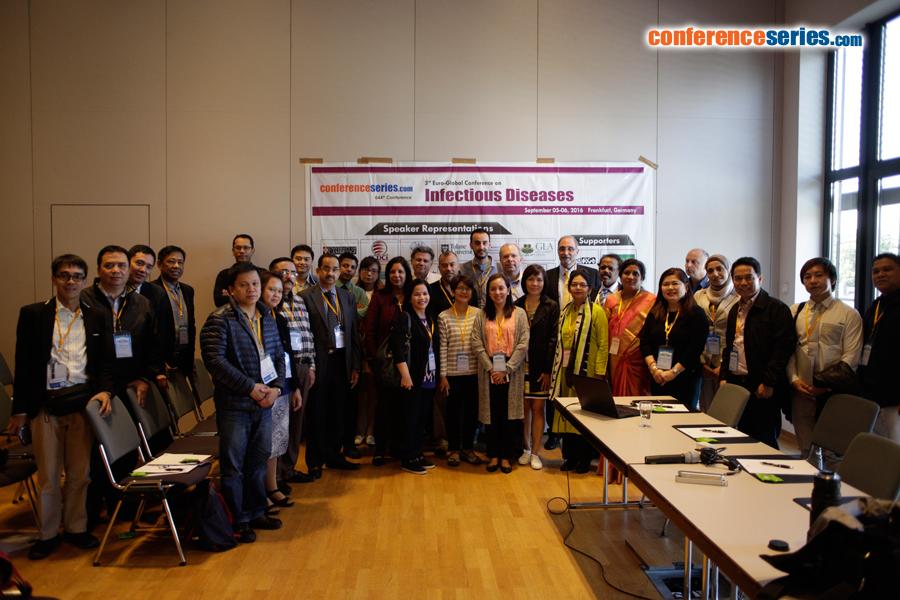
Biography
Biography: Nito Panganiban
Abstract
There is an expanding group of identified emerging zoonotic RNA viruses whose prevalence and sensitivity to anthropogenic disruption epitomize the ongoing “third epidemiological transition” in human history, which is marked by emergence of novel pathogens and re-emergence of previously identified infectious microbes. Examples of recent and ongoing outbreaks initiated by these RNA viruses include hemorrhagic fever following infection by the filovirus, Ebola and fetal neuromal formation arising from infection by the Flavivirus, Zika. The bunyaviruses comprise the largest group of RNA viruses and include multiple emerging zoonotic species that are pathogenic in humans. This family of viruses has a genome composed of three minus strand RNA segments. Using Sin Nombre Hantavirus and Rift Valley fever virus as models, we have been elucidating multiple facets of bunyavirus biology including fundamental strategies of the virus for genome expression, replication and packaging and we have been exploring key features of virus-host interaction. The replication of these viruses intersects with cytoplasmic RNA metabolism pathways physically associated with processing bodies (PBs) and stress granules (SGs). This association has important implications for mRNA synthesis and genome replication. Specific components of the cytoplasmic granules are also important for efficient virus replication, playing a direct role in viral RNA function. Generation of a specific mechanistic picture of how these cellular components function in virus replication will provide insight into the intricacies of virus replication. These cellular components are also potential targets for broad-spectrum antivirals as these cellular co-factors appear to be required for the replication of multiple diverse bunyaviruses.





